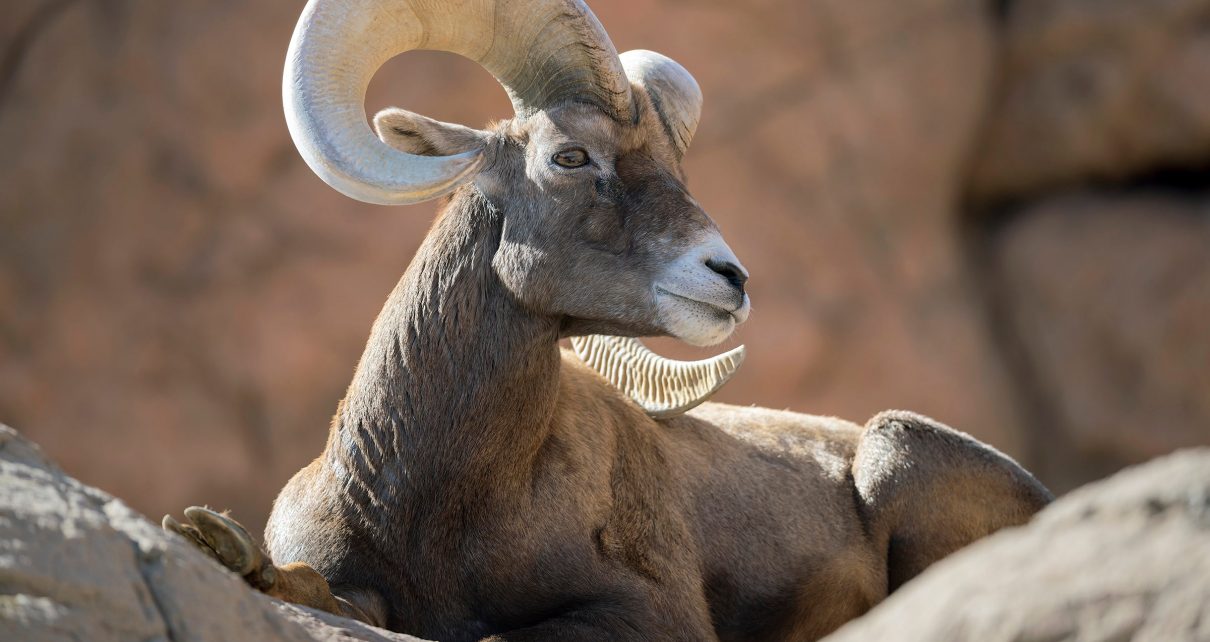Albatross—majestic, wide-winged seabirds—skim the ocean’s surface or dive into the water to catch fish, squid and crustaceans. They also seize opportunity, sometimes swooping down to grab the hooked bait trailed behind longline fishing vessels. But this apparently easy meal comes with a costly risk: the beaks and bodies of the birds often get snagged, and the lines pull them under until they drown. Each year 100,000 albatross die this way. In some populations, most of the victims are female. And because albatross only start mating after a number of years, as late as age 10, and lay one egg per year, losing so many mature females threatens the survival of those populations.
This bycatch bias results from male and female albatross gravitating toward different territories. In the Antarctic and subantarctic waters preferred by males, the Patagonian toothfish fisheries that dominate the area have implemented regulations to limit the problem, such as fishing only at night when fewer birds are in flight. But in the subtropical seas where females tend to forage, the key tuna fisheries have looser regulations limiting bycatch—and fewer observers to enforce the rules—says Richard Phillips, a seabird ecologist at the British Antarctic Survey. The International Seafood Sustainability Foundation (an international nonprofit partnership involving tuna industry players, scientists and conservationists) acknowledges the situation and says it advocates for corrections. A regional change it supported last year increased the number of observers on fishing vessels in the Atlantic, according to a statement from Holly Koehler, the foundation’s vice president of policy and outreach.
But albatross are only one of the many animals, from bighorn sheep to sea lions, whose sexes split to occupy different spaces during the nonbreeding season. Experts have known about the phenomenon, called sexual segregation, for centuries: Charles Darwin was apparently the first to officially hypothesize it in 1871. “The majority of vertebrates, they do sexually segregate,” says Kathreen Ruckstuhl, an ecologist at the University of Calgary in Alberta. She and other ecologists who specialize in the phenomenon say they have been warning for years that those responsible for drawing up species conservation plans should consider sexual segregation. But to date, only a few seem to be doing so. “In general, it’s ignored,” Ruckstuhl says. A growing number of studies, including several published in the past few months, show that when wildlife managers do not take these differences into account, they may help preserve one sex while the other declines, diminishing the success of the entire species. “Not many management agencies consider the sexes separately,” says Terry Bowyer, a senior research scientist and emeritus professor of ecology at the University of Alaska Fairbanks. “That’s something that really needs to happen. They need to consider the sexes almost as if they were separate species in their management.”
There are a number of reasons why many conservationists may not look at sexual segregation. For one, they might not be aware that it exists: there is little research available on some elusive species. Such was the case for the golden-winged warbler, a rapidly declining migratory songbird. Between 2000 and 2016, the females’ wintering habitat in Central America was destroyed at nearly twice the rate of nearby but separate male habitat. Yet scientists only confirmed that males and females occupied different spaces in a 2019 study published in Biological Conservation. And when the research does exist, some conservationists may not know to ask about it. “If you look at most wildlife textbooks, you won’t find the term ‘sexual segregation,’” Bowyer says.
In some situations, conservationists are limited by the fact that one sex may be more difficult to track—especially in the ocean—stymieing efforts to identify areas to protect. Because loggerhead turtles forage across a dispersed range, for example, conservationists have focused on protecting breeding areas. But even though females emerge on specific beaches to nest about three times per breeding season, male loggerheads only frequent such areas to mate at the beginning of the season. “For the majority of their lives, [the males] are actually not being protected,” says Gail Schofield, an aquatic ecologist at Queen Mary University of London.
Determining which foraging areas to protect requires tagging and tracking male loggerheads in the ocean—a much more arduous endeavor than tagging females when they come onto dry land to lay eggs. Researchers must hunt a turtle down in the water, verify it is male and then haul it onto a boat before attaching a locator and releasing it. Schofield is one of the few researchers who have managed to track male loggerheads. In research published in February in Ecology, she used 18 years’ worth of data to find that males forage closer to the shore than females. Such areas are where many fishers throw their lines, which is likely why males have a lower annual survival rate than females, Schofield says. Because the regions are so popular for fishing, it could be difficult to preserve them for the turtles.
For many species, including most large mammals, simply having a national park or other large protected area is sufficient to cover enough habitat that males and females prefer, says David Mallon, co-chair of the Antelope Specialist Group at the International Union for Conservation of Nature’s Species Survival Commission. But that approach is not enough for some ecologists, who want protections for each sex codified separately in agreements. The winter conservation plan for golden-winged warblers, first written by an independent working group in 2016, focuses on conserving key areas that often stretch over thousands of square kilometers. But because they did not have enough data on female habitat, wildlife managers only considered male distribution data when determining those areas. It is a common pattern: Of the 66 North American migratory land bird species of conservation concern for which sex ratios are known, two thirds segregate based on sex. Yet only 3 percent of computer models that map species’ distribution across their ranges consider sex, according to the 2019 Biological Conservation study.
Even when large swaths of land are protected, other management plans may be needed to protect one sex of a species. For example, male grizzly bears tend to claim the best habitats—those that have plentiful food and that are far away from humans. Because males will sometimes kill cubs to free up a female for mating, females tend to steer clear of males’ territory. This arrangement means females often live closer to humans, where the bears are more likely to be poached or shot to defend livestock. Rather than carve out new territory for females, managers teach local people to seal their garbage and electrify their chicken coops in an effort to keep females away from human harm, says Chris Servheen, a wildlife conservation researcher at the University of Montana.
Besides the amount of space animals are afforded, other conservation practices can also impact a single sex of a species—and scientists may not realize it until years after those practices are implemented. In 1996, managers in Alaska, for example, modified boggy riverside habitat to benefit moose by crushing a shrub called feltleaf willow. Doing so makes the plant sprout, creating more nutritious food for the moose. Flattening the vegetation, however, also makes it harder for females and their young to hide from predators, Bowyer says. So females tended to avoid these modified areas. But no one realized the full risk to females from the practice until he published a study in Alces in 2001. “There was a massive loss of female and young habitat,” Bowyer says.
Experts aware of sexual segregation have been calling for wildlife managers to pay closer attention. Some do, though responses are a patchwork. Since the U.S. Fish & Wildlife Service (FWS) first began recovery activities for Sierra Nevada bighorn sheep in California in 2000, the agency and the California Department of Fish and Wildlife have monitored the survival, movements and habitat selection of both ewes and rams of the species in the Sierra Nevada. “We do quite a thorough evaluation and assessment,” says Shauna Marquardt, an assistant field supervisor at the FWS’s Minnesota Wisconsin Ecological Services Field Office. “If the [sexual segregation] data are available, we most certainly incorporate it.” But though agencies in some other states recognize that sex segregation is an issue, they do not all directly account for it in their management plans.
As more and more animals are listed as endangered, considering sexual segregation may become even more crucial to preservation efforts. The sex bias in loggerhead turtles, for example, will likely get worse with climate change, because warmer temperatures during egg incubation lead to more female turtles. Combined with male deaths caused by fishing activities near the shore, there might not be enough males to keep the species from becoming inbred, Schofield says.
Bowyer has worked with a handful of wildlife managers who consider sexual segregation, and he has hope that more will one day appreciate the phenomenon as a crucial aspect of conservation. The growing number of researchers studying the issue, according to Ruckstuhl, may also help it become more widely recognized. “Most of the science you do, you don’t see except in the rearview mirror,” Bowyer says. “It just takes time to effect changes.”


